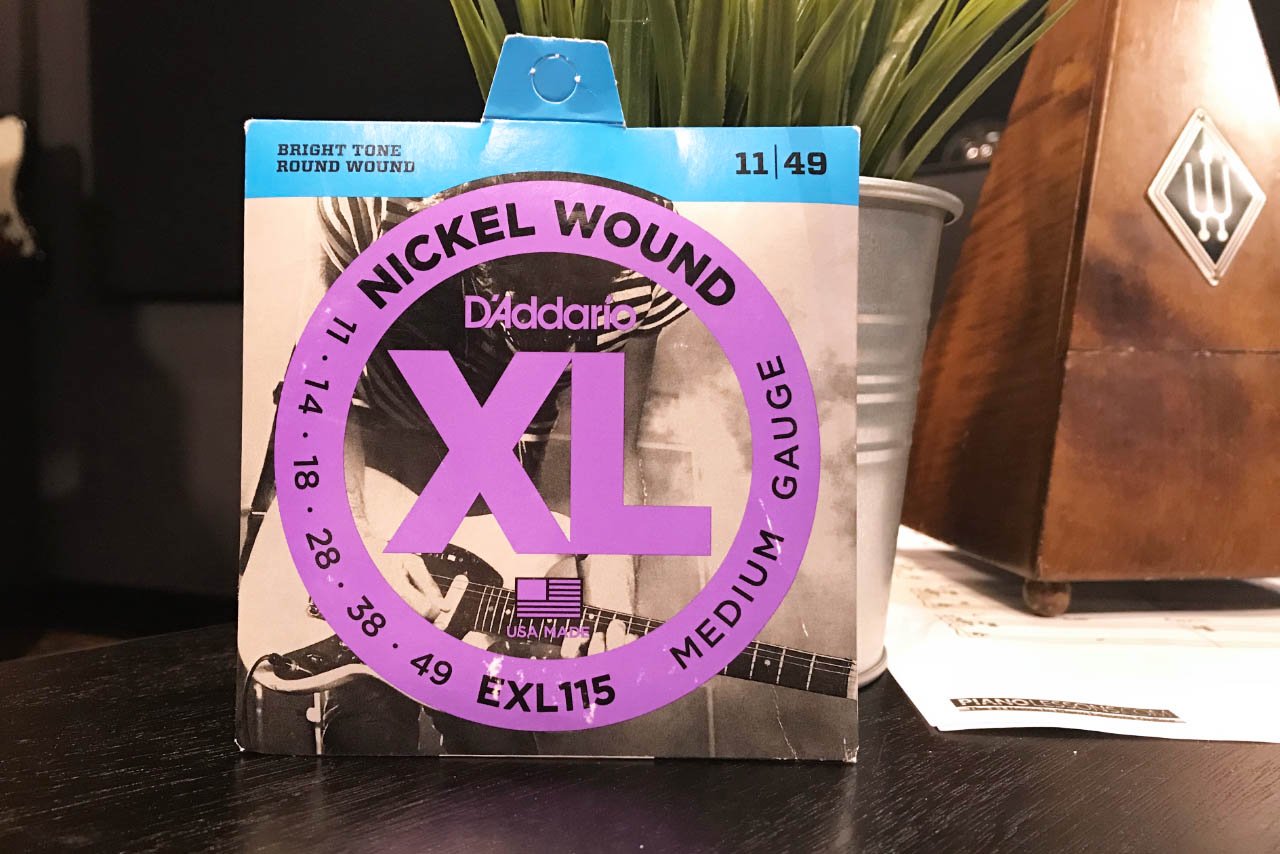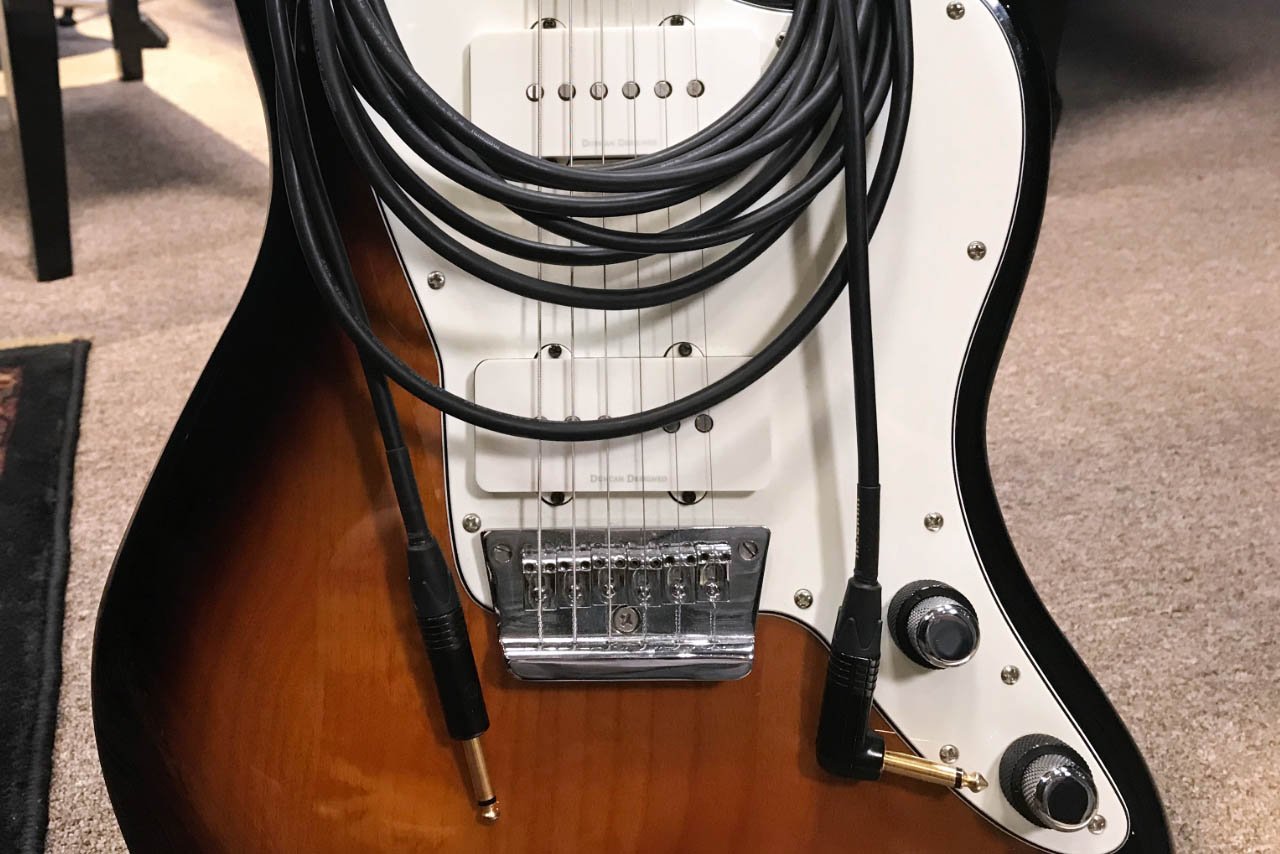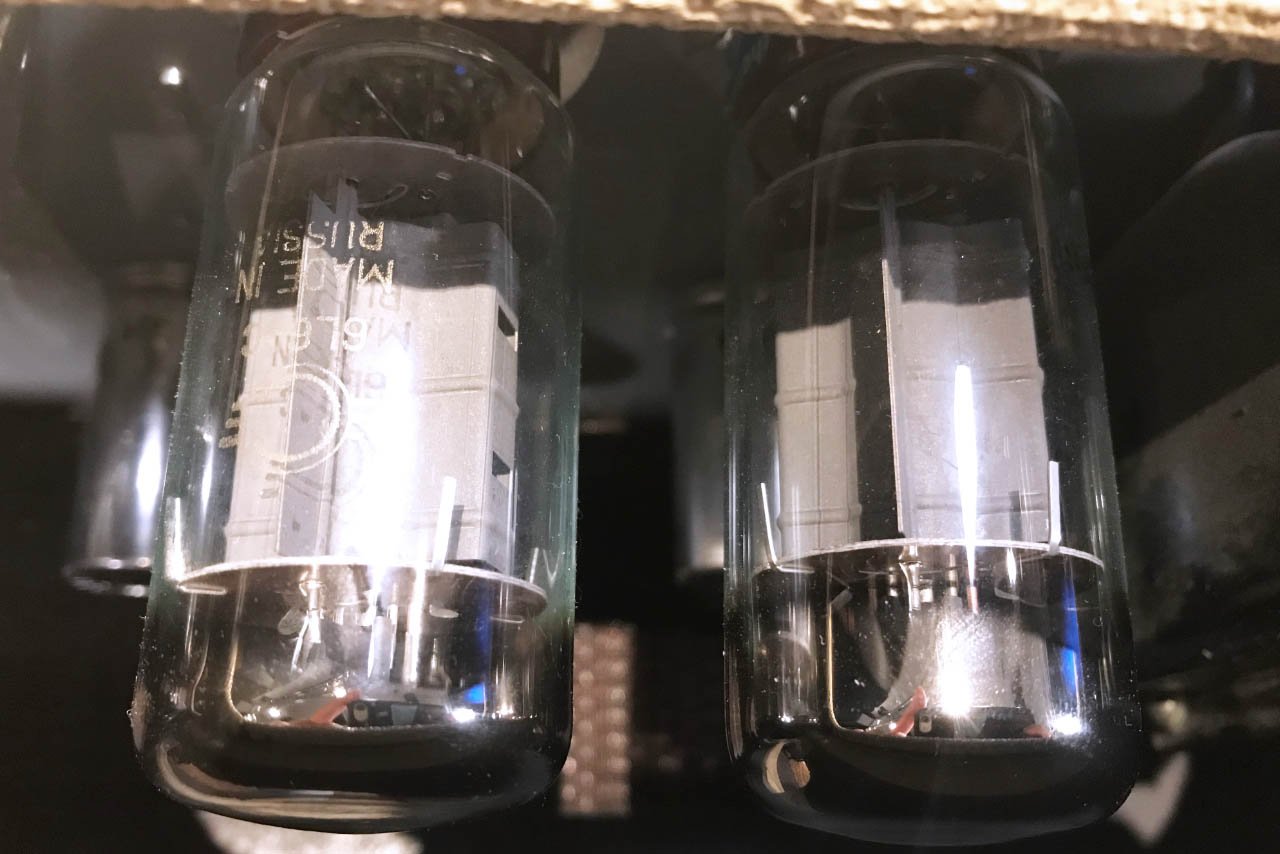
First off, we’re going to go ahead and tell you that we won’t be talking about the most obvious game-changer when it comes to guitar tone. Working on your playing and having “better-sounding fingers”, while important, is a subject for another post. Instead, we will be focusing on the things you can do right now to make your guitar gear sound better. We’ve done our best to keep all of these things in and around the $5-$50 range. So, without further ado, here are three dirt cheap ways to improve your guitar tone.

Probably the most noticeable, and also the most cost-effective change you can make is a new set of strings for your guitar. Far too often I’ll pick up someone else’s instrument and be greeted by rough, oxidized strings. Not only is this unpleasant on the fingers, but it also causes the guitar to lose its presence, attack, and sustain.. 3 very important variables in the tone equation. Tuning stability is also greatly affected by the age of your stings, so keep that in mind!
How often should you change your strings? The Answer: It depends. Do you play gigs regularly? Do you practice daily? For how long? Do your hands sweat like crazy? All these factors make it pretty tough to zero in on an exact answer to this question. But, there’s a pretty easy way to tell when it’s time your strings need changing.
Look for oxidation, rust, or grime on your plain strings (the smooth ones with no winding on them). Typically the plain strings are the B and E strings on an acoustic guitar, and the G, B, and E strings on an electric guitar. Are they shiny, slick, and smooth? If they aren’t, it’s time to change your strings.
Pro Tip: If you’re more serious about getting the most tone out of your strings, there is another test you can perform. Over time, the part of the string that touches the fret begins to flatten. This process causes your string to lose sustain and clarity. Run your finger behind one of your plain strings, if you can feel the small indentations, it’s time to put some new strings on your guitar.
What can you do to make your strings last longer? This may be pretty obvious. Every time before you pick up your guitar, wash your hands thoroughly. This minimizes the amount of dirt, sweat, and dead skin (gross!) that ends up on your strings. Also, when you’re done playing, give your strings a quick wipe with a towel or cloth. Make sure you do it right after you’re done so that the grime doesn’t have a chance to settle.

A lot of guitar players view cables to be of a universal quality and have a negligible effect on their tone. They head to their local music store and grab whichever cables are the longest and the cheapest. THIS IS A MISTAKE! Your guitar cables are a vital variable that should not be overlooked. By no means am I saying that you should go out and buy the most expensive cables out there, however, spending just a little more may prove to be a worthy investment.
How do guitar cables affect your tone? The longer the cable is, the weaker the signal by the time it reaches the end. Really long cables typically result in an attenuated top-end and deadened definition. Unfortunately, in some circumstances, a long cable is a necessity. This is where higher priced cables really prove their worth. Utilizing higher quality materials, these do a better job of pushing your signal along the length of a long cable.
How long should your guitar cable be? The short answer is that your guitar cable should be as short as possible. If your guitar cable is 6 feet or less, you probably won’t notice much of a difference moving to something more expensive. But if you use a cable that’s 10 feet or longer, I’d really recommend investing in something that’s at least $30 or so.
Fun Fact: Carlos Santana actually prefers the sound of a longer cable. Since his amp and guitar combo are naturally very bright sounding, the long cable rolls off some of the unwanted highs.

There are many different guitar amplification options out there. Tube amplifiers, solid-state amplifiers, digital amplifiers, and hybrid amplifiers are all viable choices. This last tip, however, only really applies to amps that employ vacuum tube technology.
When should you change your tubes? There are a few ways without going too in-depth to tell when your tubes need replacing.
1. Added Noise: Any hiss or hum that doesn’t sound right, is usually because of a bad tube. Tubes can also go microphonic which causes them to squeal and feedback excessively.
2. Weakened Signal: As a tube is on its last legs, it will cause your signal to whither and eventually die.
3. Tube Color: When the amp is on, anything other than the pleasant orange glow is a sign of a tube ready on its last legs. Also, if you notice a whitish hue on the glass when the tube is off, it’s a sign she’s done for.
4. Tonal Change: As your tubes die, they’ll cause your tone to change. You’ll lose some of the best sounding treble frequencies, and sometimes you’ll even notice oscillating tonal changes.
5. Power Issues: If your amp keeps blowing fuses, or has issues powering up, then it’s time to change your tubes.
Which tube needs to be replaced? Using some of the methods above, you can deduce which tube needs replacing. However, sometimes it’s not that easy. Typically, buying a new 12ax7 (or whichever preamp tube your amp uses) and replacing each preamp tube one by one and checking to see if the problem is fixed is the best way. You can do the same thing with power tubes, however, most amps have a fixed bias, which means that the power tubes should be bought as a matched pair or set of 4. After purchasing a matched set you’ll need to have your amp rebiased for the new tubes.
Though amps, guitars, and pedals might make a larger overall difference to your guitar tone, these small and affordable upgrades are definitely worth your time. Be sure to check out our blog for more guitar lessons and tone tips!
*This article contains affiliate links, which means we might earn a small commission from the product seller if you make a purchase. For more info, check out our privacy page.

By signing up you’ll also receive our ongoing free lessons and special offers. Don’t worry, we value your privacy and you can unsubscribe at any time.
We use cookies for traffic data and advertising. Cookie Policy »